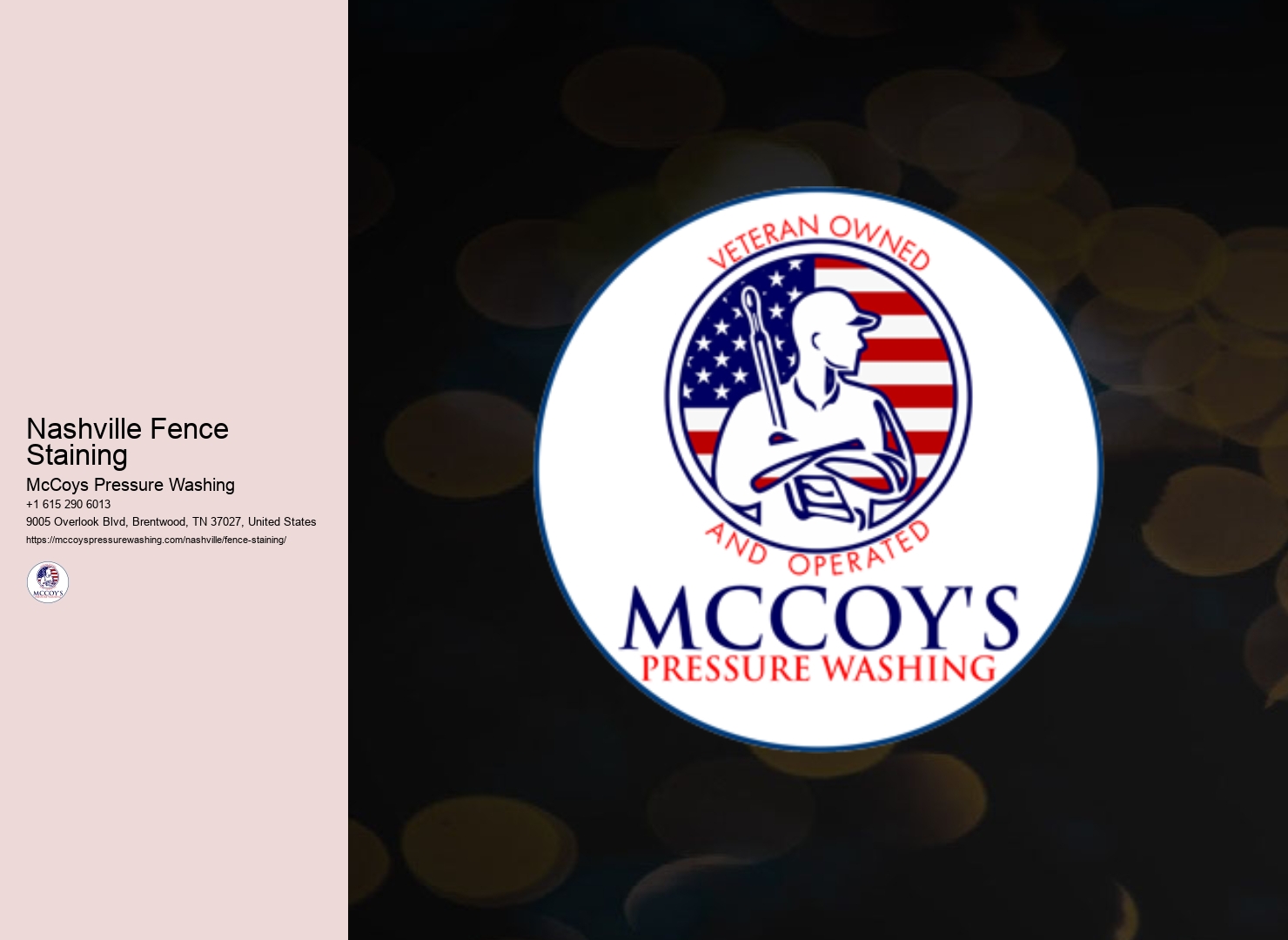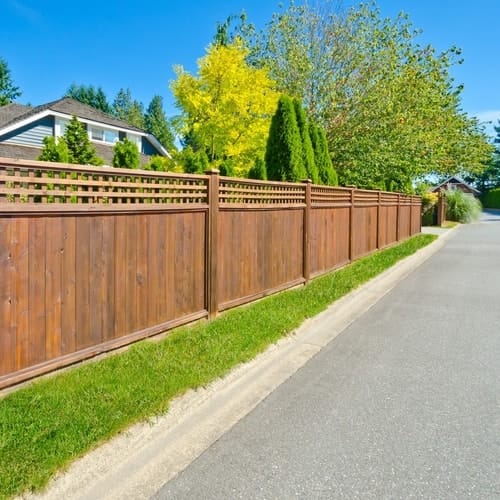
By following these steps, a homeowner can successfully troubleshoot and repair common fence issues that may arise. In addition to these steps, homeowners should check their fences regularly and apply stain or sealant as needed to help preserve the fence and prevent further damage.
Preparing the fence for staining is essential, as this will ensure that the stain adheres properly and lasts longer. Finally, it is important to maintain the fence after staining, by performing regular inspections and applying touch-ups as needed. Taking these steps will help to keep the fence looking beautiful for many years.
In general, the most common types of application are brush application, spray application, or roller application. Each type has its own benefits and drawbacks, so it is important to select the appropriate technique for the job at hand.
Painting or staining the posts and rails of the fence can add an extra layer of color and texture to the fence, as well as create a more cohesive look. This can be done with the same color as the stain used, or a slightly lighter or darker shade, depending on the desired effect.
Maintaining the stained fence requires regular cleaning and resealing to ensure the longevity of the finish. As the stained fence is exposed to the elements, the finish can become faded and worn over time. To avoid deterioration, the fence should be inspected every couple of months as part of a regular maintenance plan.
With careful consideration of the surface, climate, and product, it is possible to find the right stain for a fence staining and preservation project.
For best results, multiple coats should be applied, allowing adequate drying time between each coat.
Once the sealant has been applied, the fence will be ready for installation.
Selecting the appropriate stain is essential for achieving a desirable and enduring finish. When choosing a stain, consider the type of wood and its condition. Different wood types absorb stain in various ways, so it is important to select a stain that is specifically designed for the type of wood being used.

Various types of fence stain products are available to suit different applications and surfaces. Water-based acrylic stains are the most popular products due to their ease of application and clean up. These stains are available in a variety of colors that can be applied to both wood and metal surfaces.
Proper maintenance of a fence is essential to ensure its longevity, and troubleshooting common issues is an important part of this upkeep.
The fencing should also be inspected for any signs of damage, such as warping or cracking. If any damage is present, it should be addressed immediately by a professional in order to prevent further damage from occurring.
Professional staining can also protect the wood from the elements, preventing moisture and rot, as well as provide UV protection to prevent fading. In addition, hiring a professional can guarantee that the job is done correctly and that the stain will last longer than if it was applied by an inexperienced homeowner.
Additionally, the condition of the wood will affect the stain's ability to penetrate the surface. If the wood is damaged, it may require a different type of stain than one used on undamaged wood. Furthermore, the number of coats of stain applied to the wood will also affect the outcome. Additional coats can produce a darker finish and a longer-lasting stain.
It is also wise to consider the type of finish desired, whether it is a more natural look or one that offers more protection. With the right stain, any fence can be kept looking great for years to come.

Preparing the surface of a fence before the application of a stain is essential for achieving the desired look and lasting protection.
Additionally, the surface of the wood should be considered when selecting a stain.
Fence staining services provide homeowners with an effective way to enhance the look of their outdoor space. Professional fence staining services can help to improve the overall aesthetic of the yard while also protecting the wood from the elements.
Staining a fence is an effective way to maintain its aesthetic appeal for extended periods of time, with a range of available stains providing a variety of options. Generally, there are three categories of stains available: water-based, oil-based, and semi-transparent.
Fence staining offers a wide range of benefits that can help to extend the life of fencing material and enhance the appearance of the property. Staining a fence can help protect the material from the damaging effects of the elements, such as sun, wind, rain, and snow.
In addition to regular cleaning, the fence should also be checked for any signs of fading or discoloration. This is especially important if the fence has been exposed to extreme weather conditions, such as temperatures that are too low or too high. If the stain begins to fade, it is recommended to apply a new coat of stain in order to keep the fence looking its best.

It is generally advised to stain a fence before installation, as staining after installation can be more difficult due to the awkward angles and difficult-to-reach areas that are created. Additionally, staining prior to installation allows the stain to soak into the wood and create a longer-lasting finish. This can help to protect the fence from the elements and extend its lifespan.
It is possible to stain a fence with a roller or sprayer, although the type of finish achieved with each will be different. A roller will provide a thicker, more opaque coat of stain, while a sprayer will create a more transparent, even finish. Depending on the desired result, either method may be appropriate.
The cost of staining a fence depends on several factors, including the size of the fence, the type of stain, and the amount of labor required. Generally, the cost of staining a fence ranges from $0.75 to $2.00 per square foot. Additional materials such as primer, sealer, brushes, and roller covers may also be required, increasing the total cost. Additionally, hiring a professional to stain a fence may increase the cost, depending on the size of the fence and the complexity of the job.